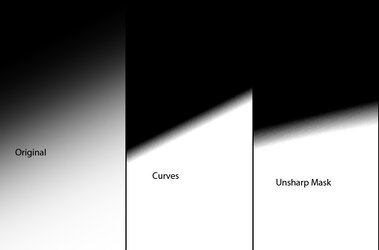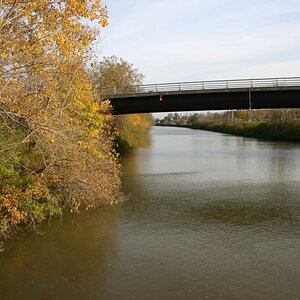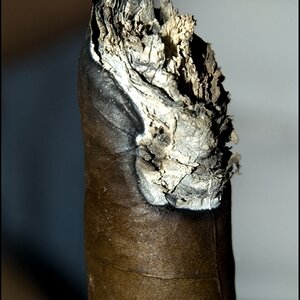- Joined
- Dec 27, 2013
- Messages
- 195
- Reaction score
- 53
- Can others edit my Photos
- Photos NOT OK to edit
There are a ton of things called 'Sharpen' out there, not all of them use a Gaussian Kernel anywhere.
There's a lot of ways to amplify higher frequencies, or attenuate lower ones, and not all those ways have a thing called "sigma" anywhere in them.
I have repeatedly specified "high pass" and "convolution" methods for sharpen. And have pointed out that most "Sharpen" tools in image editors use convolution. As noted, all algorithms using convolution have a sigma parameter, even if the user cannot set it.
Can you cite a Sharpen tool commonly seen in a typical editor that does not use convolution?
This is complete nonsense. This so-called "definition" for sigma is not only wrong[...]
It's pretty standard stuff. See and also try Gaussian function - Wikipedia, the free encyclopedia and Standard deviation - Wikipedia, the free encyclopedia for definitions and examples.









![[No title]](/data/xfmg/thumbnail/39/39286-ae386da044402acf92e55d8b68c26af3.jpg?1619738956)



![[No title]](/data/xfmg/thumbnail/34/34132-7c7fbdcb2006703d33f975289561cd9d.jpg?1619736303)



